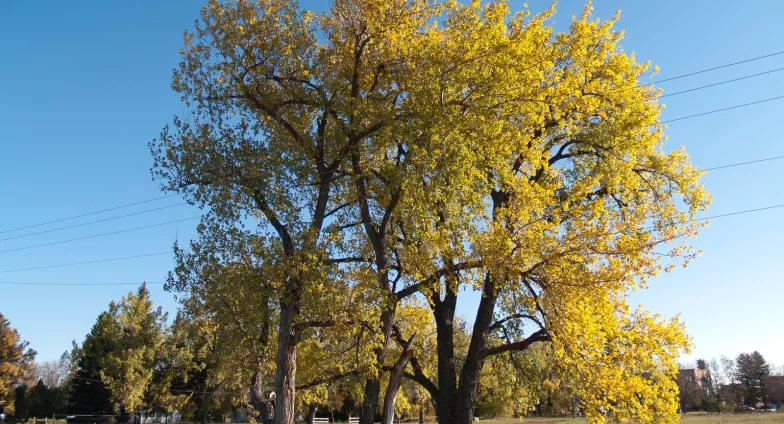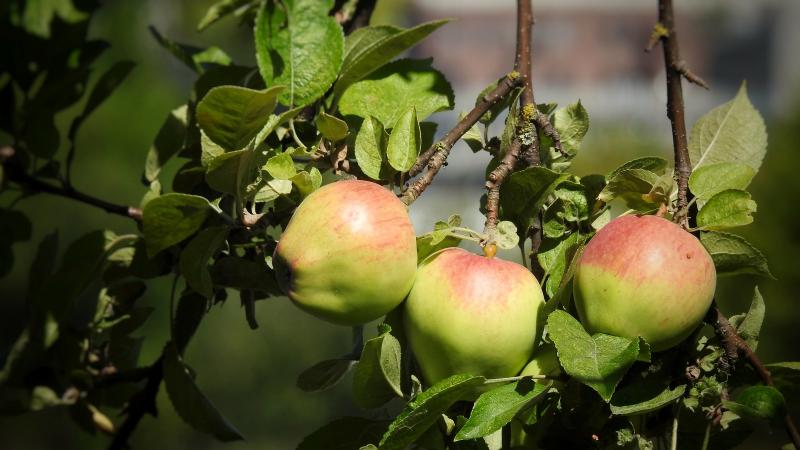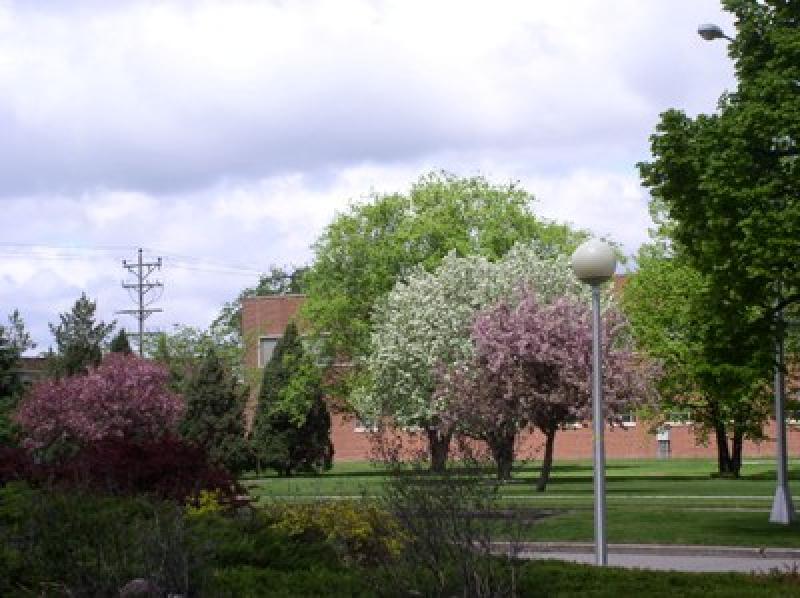Many species of tall deciduous trees are available for conservation and urban plantings. The ND Tree Selector is an online tool that helps users choose tree and shrub species based on a variety of characteristics. Are you looking for something that is fast growing or a tree that is long-lived? Perhaps a species with pretty flowers?
Learn all about how to choose and care for your apple trees—whether you have a few in your yard or a whole orchard, you'll find everything you need to cultivate a flourishing stand of trees.
Summer's coming, which means irrigation is on our minds. And for trees, last year's drought conditions can also be the root cause of issues occurring now. Learn drought management techniques to help your trees survive these strenuous conditions.




